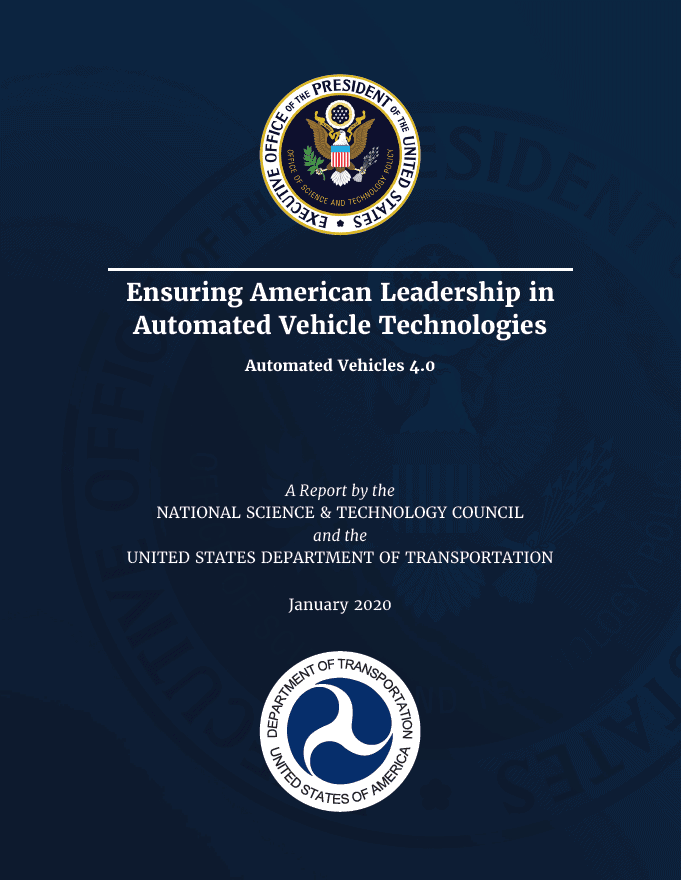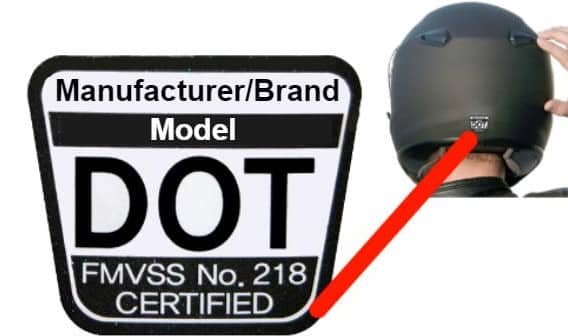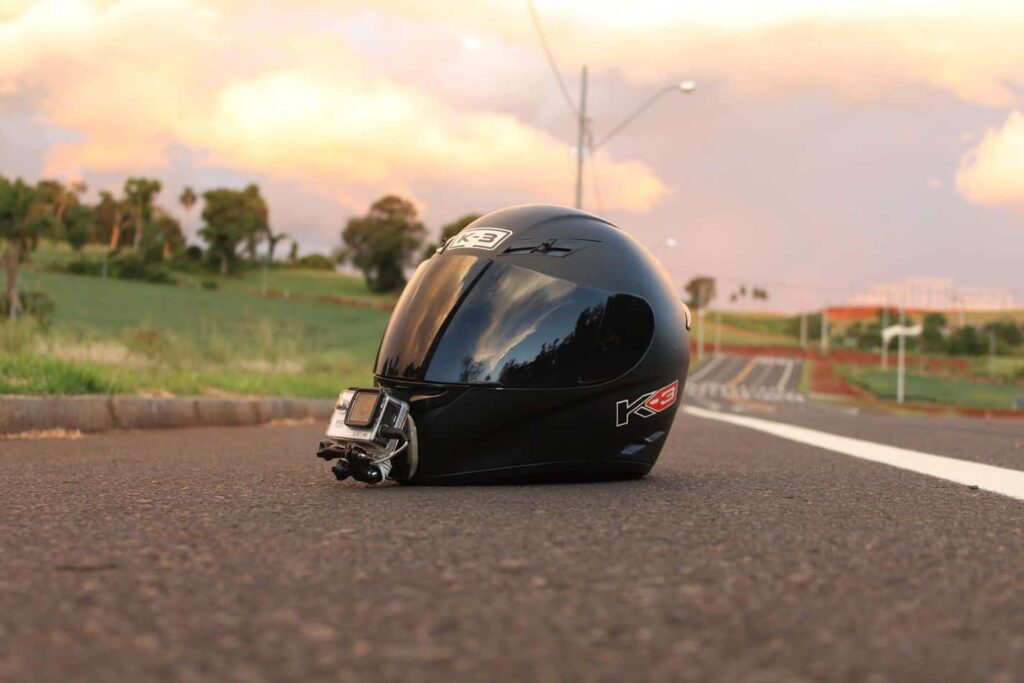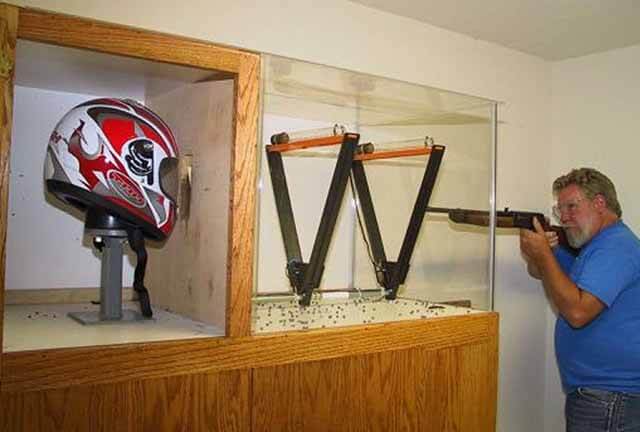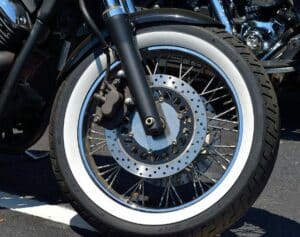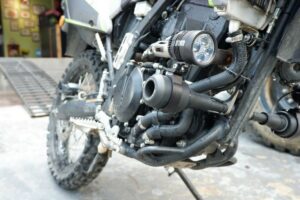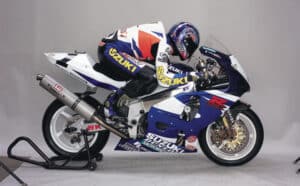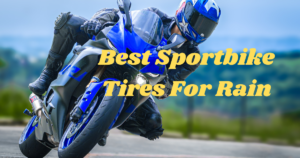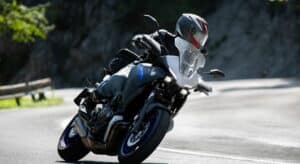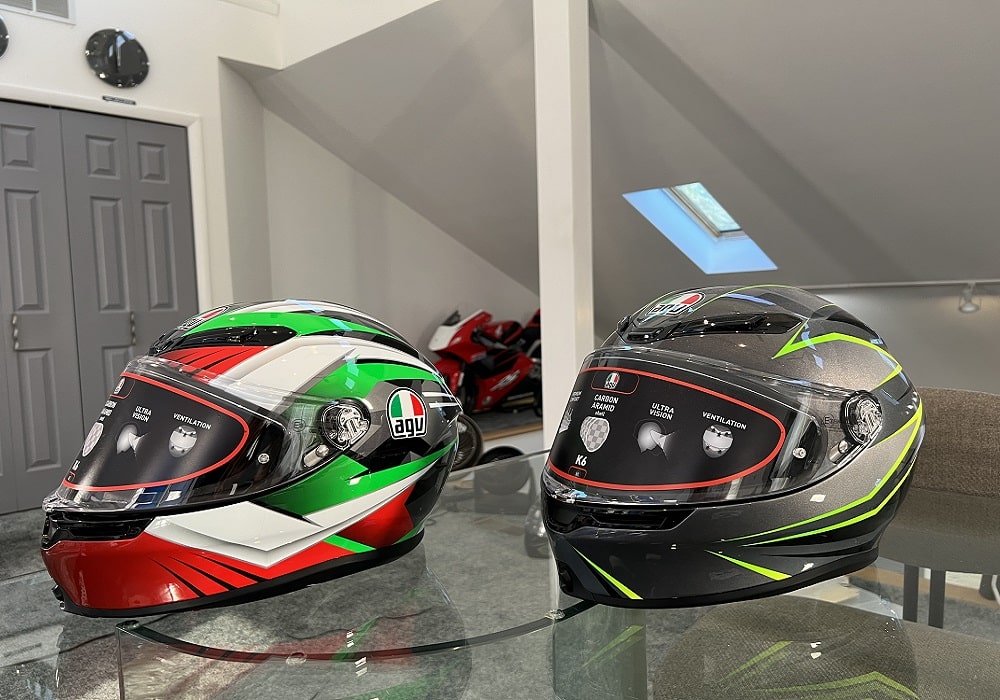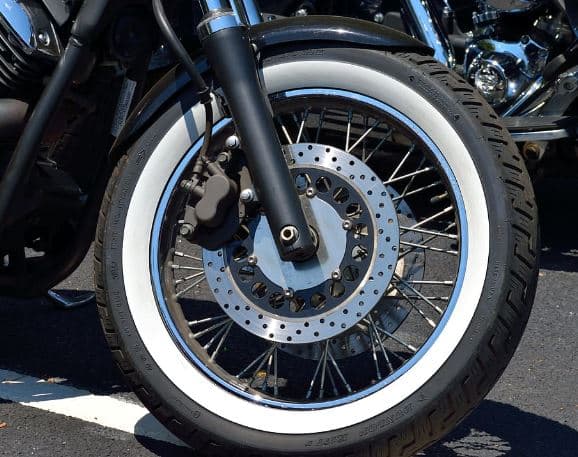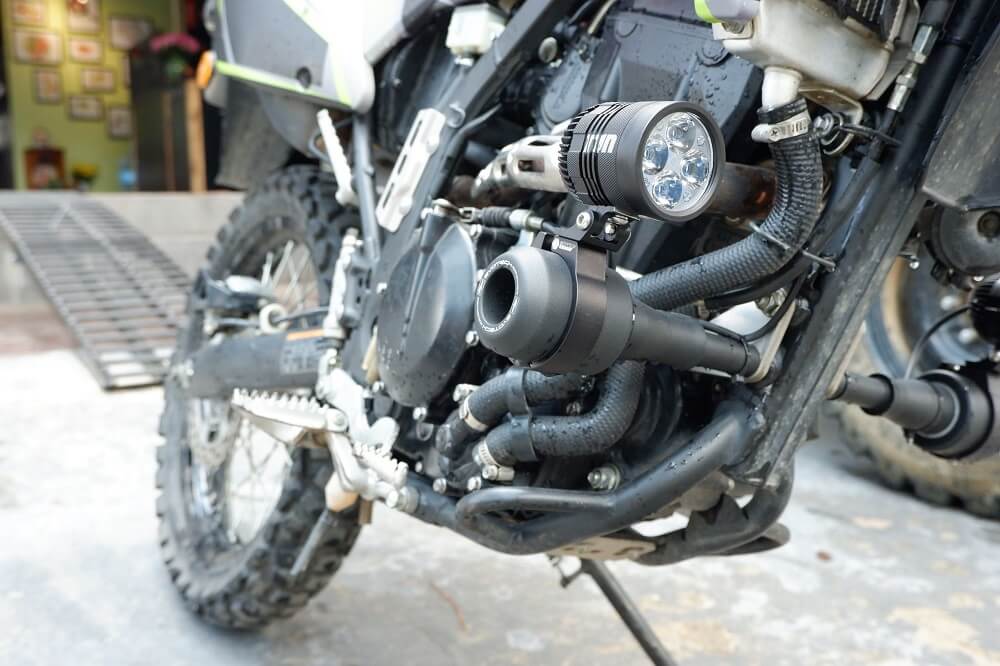Having any type of helmet will not guarantee safety. They must be tested and certified to guarantee quality. Different countries have different certification schemes. So what do the two mean? Which Motorcycle safety Helmet standard is better? We look at the two.
In the United States, they use the Snell Memorial Foundation standard, a profit non-profit organization, and a federally mandated Department of Transportation (DOT). Motorcycles are fast and thrilling and there are motorcycles that you can purchase from your local dealer that have a top speed of more than 200 mph.
However, they also pose a greater risk of death or impairment than a car in the event of an accident. For this reason, the rider must use a full range of safety gear if they want to increase their chances of safety. No matter how experienced the rider is, accidents can still occur without warning or doing anything wrong.
According to reliable statistics in the US, 1,772 lives were saved in 2015 by motorcycle helmets. Seven hundred forty others could have survived if they had worn a helmet. Therefore, helmets are one of the most important components of a motorcycle’s safety gear.
Department of Transportation (DOT) Certification
This certification is a very thorough basic testing enforced by the U.S. National Highway Traffic Safety Administration. All helmets must meet the strict minimum required to be DOT certified.
They check for a helmet’s resistance to penetration, head retention, impact, and field of vision. Testing is done at random similar for all helmets being used on public roads. For all the tests, they use a dummy head.
DOT testing involves:
- The helmet’s field of vision must be less than 105 degrees.
- The face shield must be resistant to penetration.
- The shell must be resistant to penetration. Testing is done using a pointed striker.
- Must pass an impact test done by dropping the helmet from a high fixed height of 1.83m a couple of times
- The retention system must sustain 300 pounds for 120 seconds.
The penetration test is done to ensure nothing gets through to impact the head. Retention is to ensure the helmet will not slide off in case of an accident. The impact measures the energy that gets to the head in an accident. All tests determine whether the helmet gets a fail or a pass.
To factor in the possibility of multiple crashes, tests are done twice. Once it is done, they label the helmet accordingly. DOT has high penalties for building a faulty helmet.
Snell Memorial Foundation Certification
After the death of sports car racer William Snell in the late 1950s, a non-profit organization was made to improve the helmet’s safety. They have two main ratings. They include M2015 for motorcycling and SA2015 for automotive sports. Testing for automotive sports involves extra flammability testing, and they have a narrower field view.
For a very long time, it has been considered a superior certification. While the DOT is mandatory, Snell is a private organization, and therefore testing is voluntary. Additionally, Snell also carries out prototype testing and has more rigorous standards. Every five years, Snell issues a new standard, with the latest one being the M2015.
- For Snell testing
- They use five different anvils, each shaped uniquely in their test.
- Drop helmets from multiple high heights
- They test the dome and chin bar of the helmet.
- The visor is shot using three lead pellets to test penetration.
Snell vs DOT Motorcycle Safety Helmet Standard-Which is better?
The key differences between the two certifications include:
- Snell performs more dynamic retention and roll of the test using different weights to make sure the helmet does not slide off even when the rider falls in a downward position.
- Snell performs an additional chin bar test on the full-face helmets.
- Snell’s face shield test is more vigorous since it involves shooting with lead pellets.
- When using accelerometers in their tests, Snell’s allows for at most 275Gs while DOT allows for 400Gs.
- Generally, SNELL-certified helmets are heavier than DOT-only models.
- DOT is more vulnerable to counterfeiting since its certification is government-required. For Snell, testing is voluntary.
- Perhaps the most important difference between the two systems is that a DOT sticker on a helmet does not indicate that the Department of Transportation has certified the helmet to meet the DOT standard. The DOT does not test helmets and certifies them. The recruitment is for the manufacturer to test their own helmets and self-certify that the helmet meets the standard.
Considering the testing processes and the standards of both DOT and Snell, the latter has the highest standards. However, some people have claimed that Snell’s standards are too high that they are not valid.
Since DOT is a compulsory requirement, manufacturers can take advantage of it. On the other hand, Snell tests voluntarily achieving thereby achieving high standards. Overall, Snell carries out more rigorous testing and lets you know the safest helmet in case of an accident.
Related Posts:
- 14 Best Motorcycle Helmets Under 200 Dollars
- Are Lightest Full-Face Motorcycle Helmets Safer for Kids?
- Are Full-Face Motorcycle Helmets Safer?
Information for this article was partially sourced and researched from the following authoritative Government, educational, corporate, and nonprofit organizations:
Snell Foundation
How to Identify Unsafe Motorcycle Helmets
About the Author:
Michael Parrotte started his career in the motorcycle industry by importing AGV Helmets into the North American market. He was then appointed the Vice President of AGV Helmets America. In total, he worked with AGV Helmets for 25 years. In addition, he functioned as a consultant for KBC Helmets, Vemar Helmets, Suomy Helmets, Marushin Helmets, KYT Helmets, and Sparx Helmets.
In 1985, He is the Founder of AGV Sports Group, Inc. cooperation with AGV Helmets in Valenza Italy
Click here for LinkedIn Profile: https://www.linkedin.com/in/parrotte/
Click here for complete AGV Helmet & AGVSPORT History https://agvsport.com/michael-parrotte
Click here for all AGV Sports Group Social Media information http://agvsport.info/
M/M


